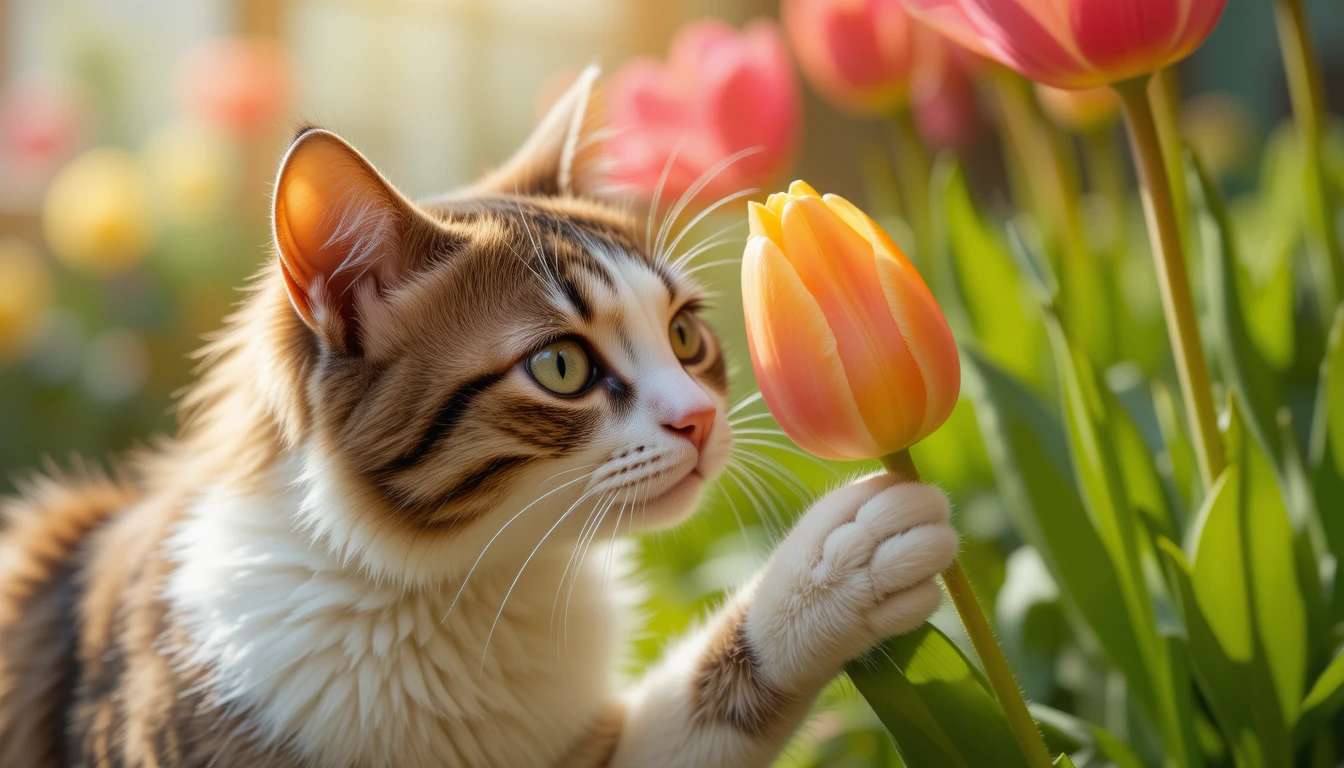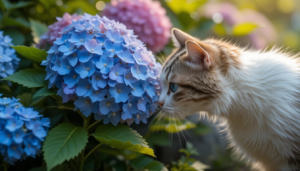Are Tulips Toxic to Cats? A Loving Pet Parent’s Guide to Spring Safety
As springtime blossoms, tulips burst into bloom, brightening gardens and homes with vibrant colors. But if you’re a cat parent, it’s important to know that these cheerful flowers can pose a serious threat to your furry companion. While their beauty is undeniable, tulips are toxic to cats—and knowing the risks could protect your beloved pet.
Why Tulips Are Dangerous for Cats
Tulips belong to the Tulipa genus and are harmful in all forms—the leaves, stems, flowers, and especially the bulbs. The most toxic part is the bulb, which contains potent compounds like tulipalin A and B, as well as certain alkaloids. These substances can irritate a cat’s digestive system and even damage organs if enough is ingested.
“Tulips contain allergenic lactones that are especially concentrated in the bulb,” explains Dr. Ashly Smith, DVM, regional medical director for Small Door Veterinary. “Even a small amount can cause distress in cats.”
Symptoms of Tulip Poisoning in Cats
A cat that has eaten part of a tulip may show symptoms ranging from mild to severe. Watch out for:
- Drooling
- Vomiting
- Diarrhea
- Mouth and tongue irritation
- Lethargy
- Difficulty breathing
- Rapid heart rate
- Tremors
- Seizures
If your cat eats a large portion, particularly of the bulb, the reaction can be serious. Prompt attention is key.
What To Do If Your Cat Eats Tulips
If you catch your cat nibbling on a tulip or showing signs of poisoning, act quickly. Contact your veterinarian, the ASPCA Animal Poison Control Center (888-426-4435), or the Pet Poison Helpline (855-764-7661) for immediate guidance.
Give your vet as much information as possible: how much your cat ate, which part of the plant, and when it happened. Mild cases might only need observation, but severe cases may require:
- Induced vomiting (only by a professional)
- Activated charcoal to absorb toxins
- IV fluids to flush the system
- Anti-nausea and anti-seizure medication
Never try home remedies. Without expert guidance, you could unintentionally worsen the situation.
How To Prevent Tulip Toxicity in Cats
The best way to protect your cat is to keep tulips out of reach or avoid having them entirely. Here are a few practical, pet-friendly strategies:
1. Choose Safe Flowers for Your Garden
If your cat roams outside, skip planting tulips altogether or fence off garden areas. Instead, consider planting:
- Sunflowers
- Zinnias
- Marigolds
- Snapdragons
- Roses
- Jasmine
These are not only colorful but also safer for curious paws and noses.
2. Bring Home Cat-Safe Indoor Plants
Avoid bringing tulip bouquets indoors, especially during spring. Safe alternatives that still brighten your home include:
- Orchids
- African violets
- Spider plants
- Boston ferns
- Bromeliads
- Polka dot plants
- Areca palms
Let your kitty graze on cat grass to satisfy their plant-chewing instincts safely.
3. Know the Toxic Plants
Education is one of the best ways to keep your home safe. Keep a list of cat-toxic plants handy and check before introducing any new flowers or houseplants.
A Final Thought
Your cat’s curiosity is part of what makes them so special, but it can also lead them into trouble. While tulips are a staple of spring beauty, they don’t belong in a cat-friendly home. With a little awareness and a few smart swaps, you can enjoy seasonal blooms without putting your feline friend at risk.
When in doubt, always call your vet. It’s better to be safe and ensure your cat stays healthy and happy all year long.
Disclaimer: If you believe your pet is sick or may have ingested a toxic plant, contact your veterinarian immediately. This article is for informational purposes only and does not substitute professional veterinary advice.




